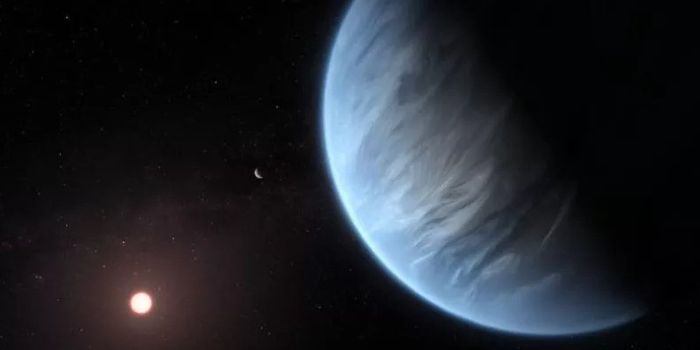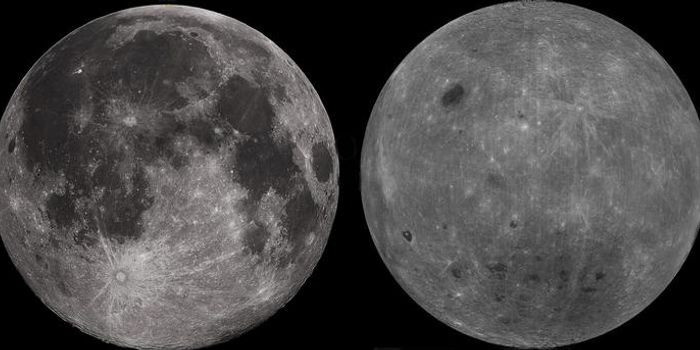Did Intelligent Civilizations Roam Our Galaxy 5 Billion Years Ago?
Researchers have found that there were likely many intelligent alien civilizations sprawled across our galaxy billions of years ago- and that most of them have probably killed themselves off already.
For the study, they examined several factors thought to influence how intelligent life develops. These included the prevalence of sunlike stars having planets in their orbit similar to Earth and the frequency of supernovas. They also investigated the probability of and time necessary for intelligent life to evolve under the right conditions and the possibility and tendency of advanced civilizations to destroy themselves.
Using astronomy and statistical modeling, they found that the probability of life emerging based on these factors peaked at around 8 billion years after our galaxy formed, or 13,000 light-years away from the galactic center. By comparison, human civilization arose on the Earth's surface around 13.5 billion years after the Milky Way formed, or 25,000 light-years away from the galactic center. This comes even though simple life emerged 3.77 billion years ago, soon after the planet formed around 4.5 billion years ago.
As such, the researchers estimate that our galaxy likely reached its civilizational peak over 5 billion years ago. While civilizations generally have a low chance of wiping themselves out in a given century, the researchers say that these 5 billion years were likely more than enough time for an event- be it an irreversible climate change disaster, a nuclear holocaust, or other event- to have occurred and made them extinct. This would ultimately mean that we are in the tail-end of intelligent, self-aware life forms to have graced the Milky Way.
That isn't to say, however, that there aren't other life forms out there. Assuming life is not too rare a phenomenon and that it becomes intelligent over time, the researchers say that there are likely other civilizations out there. These civilizations, however, are likely younger and clustered around the 13,000 light-year band, given the prevalence of sunlike stars there.









